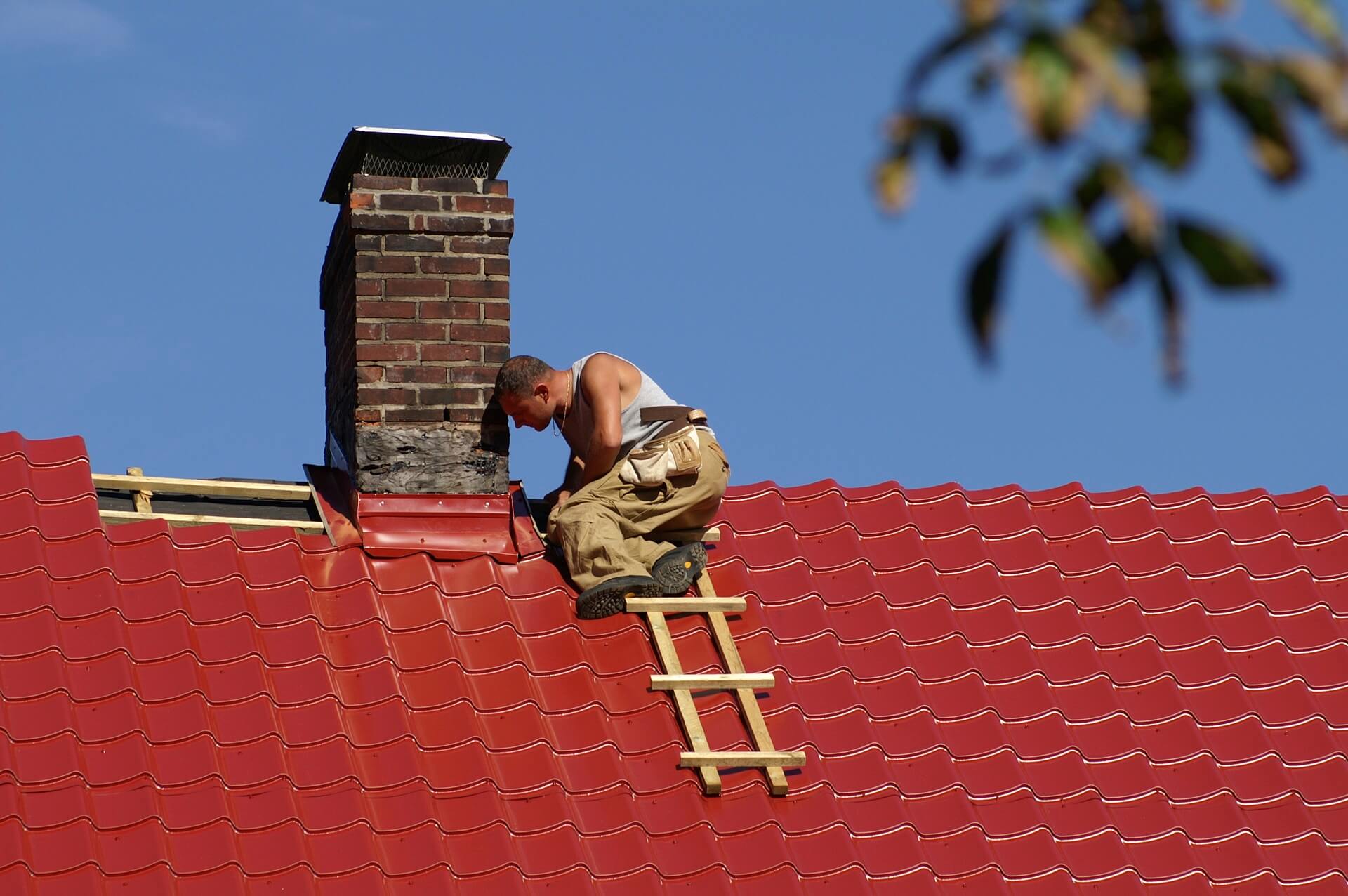Roofer Terminology

Knowing common roof terminology will allow you as a house owner to create an knowledgeable decision about roof materials which are great matches for the house's style plus the place in which an individual live. It may also help an individual understand the contract with your roofing professional and the job updates.
Some crucial roofing terms are usually listed below:
Asphalt: A waterproofing broker placed on roofing materials during manufacturing.
Concrete plastic roofing concrete: An asphalt-based sealant accustomed to bond roofer materials. Also recognized as flashing concrete floor, roof tar, fluff or mastic.
Again surfacing: Granular stuff applied to the back side associated with shingles to maintain all of them from sticking throughout delivery and safe-keeping.
Base flashing: Of which portion of the flashing attached to or resting about the deck in order to direct the movement of water onto the roof.
Built-up roof: Multiple tiers of asphalt and even ply sheets fused together.
Butt border: The bottom advantage with the shingle tabs.
Caulk: To fill up a joint to prevent leaks.
Closed valley: The area flashing is protected by shingles.
Layer: A layer of viscous asphalt used on the outer roof top surface to protect the roof membrane.
Collar: Pre-formed flange placed over a vent pipe to be able to seal the roof top around the vent out pipe opening. Also referred to as a vent sleeve.
Concealed nail technique: Application of move roofing in which usually all nails happen to be covered by some sort of cemented, overlapping study course.
Counter flashing: Of which portion of the particular flashing attached in order to a vertical surface above the airplane of the roofing in order to avoid water from migrating behind the particular base flashing.
Program: Row of shingles that can operate horizontally, diagonally or even vertically.
Cricket: A new peaked water diverter installed at the back of some sort of chimney to prevent accumulation of ideal and ice also to deflect water.
Floor: The top area that a roof structure system is applied, area installed over the particular supporting framing people.
Double coverage: Concrete roofing whose lapped portion reaches minimum two inches larger than the revealed portion, resulting within two layers of roofing material more than the deck.
Downspout: A pipe intended for draining water by roof gutters to be able to drain. Also named an innovator.
Drip advantage: L-shaped flashing utilized over the eaves plus rakes to let water run-off directly into the gutters and drip clear regarding underlying construction.
Eave: The part of the roof structure that overhangs or perhaps extends outward and is not directly within the exterior wall surfaces and also the buildings interior.
Exposed nail approach: Using roll roof where nails will be driven into the overlapping span of roof covering. Nails experience typically the elements.
Fascia: A wood trim table used to hide the cut ends in the roof's rafters and sheathing.
Was: Fibrous material employed as an underlayment or sheathing report, describes roll roofer materials.
Flashing: Bits of metal or throw roofing used to form water seal around vent water lines, chimneys, adjoining surfaces, dormers and valleys.
Gable: The end of an outside wall that concerns a triangular point at the ridge of your sloping roof top.
Granules: Ceramic-coated plus fired crushed rock which is applied while the top surface of asphalt roofing products.
Gutter: Typically the trough that stations water from the eaves to the downspouts. Usually attached to the fascia.
Brain lap: An overlapping of shingles or perhaps roofing felt in their upper edge.
Hip: The fold or vertical ridge formed by typically the intersection of two sloping roof planes. Runs in the shape to the eaves.
Ice dam: Issue forming water backup at the eave areas by the thawing and re-freezing of melted snow on the hang over. Can force water under shingles, causing leaks.
Interlocking shingles: Individual shingles that mechanically fasten to each other to provide wind flow resistance.
Find more information : Strip shingles manufactured of two independent pieces laminated together to create additional thickness. Also named three-dimensional and new shingles.

Lap: Surface area where one shingle or roll terme conseillé with another during the application procedure.
Mansard roof: Some sort of design with an almost vertical roof airplane connected to some sort of roof plane involving less slope from its peak. Is made up of no gables.
Drinking stabilizers: Finely ground limestone, slate, traprock or other inert materials added to asphalt coatings with regard to durability and increased resistance to fire and weathering.
Nesting: A method associated with reroofing, installing the second layer of recent asphalt shingles, where the top edge in the new shingle is definitely butted against typically the bottom edge of the existing shingle hook.
Pitch: The degree of roof top incline expressed while the ratio with the rise, in toes, to the course, in feet.
Small Slope - Roof top pitches that are usually less than thirty degrees.
Normal Slope - Roof pitch that are in between 30 and forty-five degrees.
Steep Incline - Roof pitches which can be more compared to 45 degrees.
Rafter: The supporting framework that makes in the roof structure; quickly beneath the terrace; the top sheathing is definitely nailed to typically the rafters.
Rake: The inclined edge regarding a sloped roofing over a walls from your eave to the ridge. They can be near or extended.
Ridge: The horizontal exterior angle formed simply by the intersection associated with two sloping sides of a roof at the greatest point of the roof, hip or dormer.
Run: The horizontal distance involving the eaves and also a point directly beneath the ridge; or half the span.
Selvage: That portion regarding roll roofing overlapped from the application associated with the roof addressing to obtain double coverage.
Sheathing: External grade boards applied like a roof porch material.
Shed roof top: A single roof airplane without hips, ridges, valleys or gables, not connected to be able to any other roofing.
Slope: The level of roof slope expressed since the rate of the climb, in inches, towards the run, in ft.
Smooth-surfaced roofing: Move roofing that will be covered with surface talc or briciolo as opposed to granules (coated).
Soffit: The completed underside of the particular eaves that expands from the fascia to the house and hides the particular bottom of the hang over.
Soil stack: The vent pipe of which penetrates the roof.
Duration: The horizontal length from eaves in order to eaves.
Specialty eaves flashing membrane: A self-adhering, waterproofing shingle underlayment built to safeguard against water infiltration due to ice cubes dams or wind flow driven rain.
Starter strip: Asphalt roof covering applied at typically the eaves as being the 1st course of shingles installed.
Tab: The next thunderstorm exposed surface involving strip shingles between cutouts.
Telegraphing: Shingles installed over a great uneven surface that will show distortion.
Truss - A blend of beams, night clubs and ties, generally in triangular products to form the framework for assistance in wide duration roof construction.
UL label: Label displayed on packaging to indicate the levels of fire and/or wind resistance associated with asphalt roofing.
Underlayment: A layer regarding asphalt based thrown materials installed below main roofing substance before shingles happen to be installed to offer additional protection with regard to the deck.
Pit: The internal position formed by the particular intersection of 2 inclined roof areas to offer water runoff.
Vapor barrier/retarder: Any material that helps prevent the passage associated with water or normal water vapor through that.
Vent: Any device installed on the top as an wall socket for air in order to ventilate the underside of the roofing deck.
